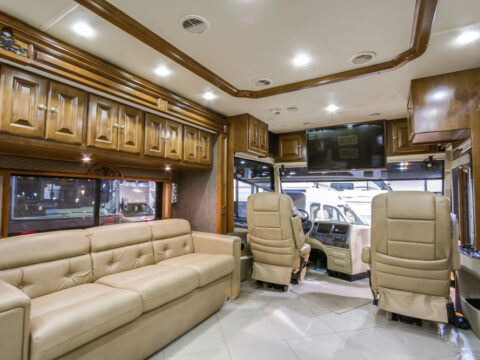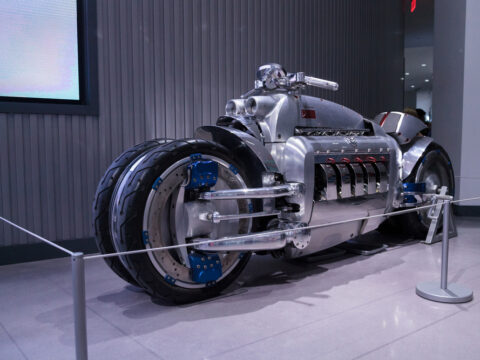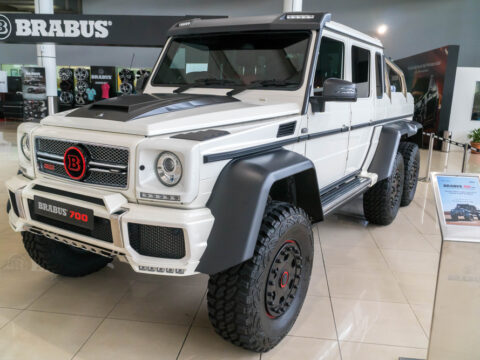Military tanks are often surrounded by myths and misconceptions, fueled by movies, games, and common misunderstandings. While they are powerful machines, the reality of their capabilities and design is often quite different from what most people believe. In this article, we’ll explore 15 of the most common misconceptions about military tanks and set the record straight.
Contents
Tanks are indestructible.

While tanks are heavily armored, they are far from indestructible. Modern anti-tank weapons, including guided missiles and explosive projectiles, can penetrate tank armor. Tanks also have vulnerable spots, such as the tracks, engine, and underside, which can be targeted to disable them. Their armor is designed to protect against certain threats but isn’t invincible.
Tanks are only used for offense.
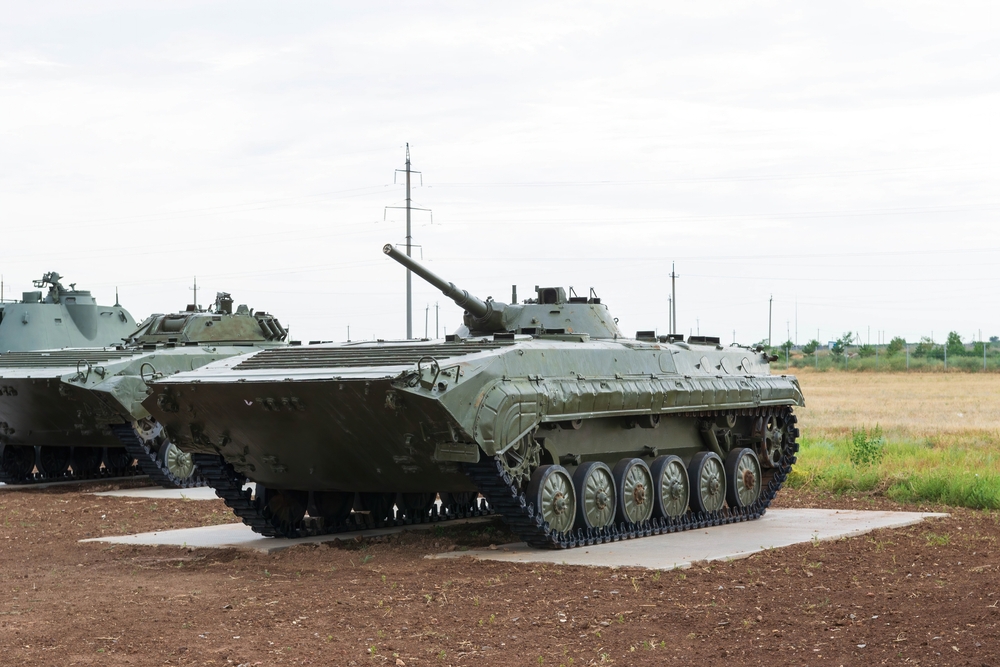
Though often associated with offensive roles, tanks also play vital defensive roles. They provide support for infantry, secure positions, and deter enemy advances. Modern tanks can be used in a variety of situations, from patrolling areas to providing cover for retreating forces, showing their flexibility beyond just offensive capabilities.
Tanks can easily outrun any other military vehicle.
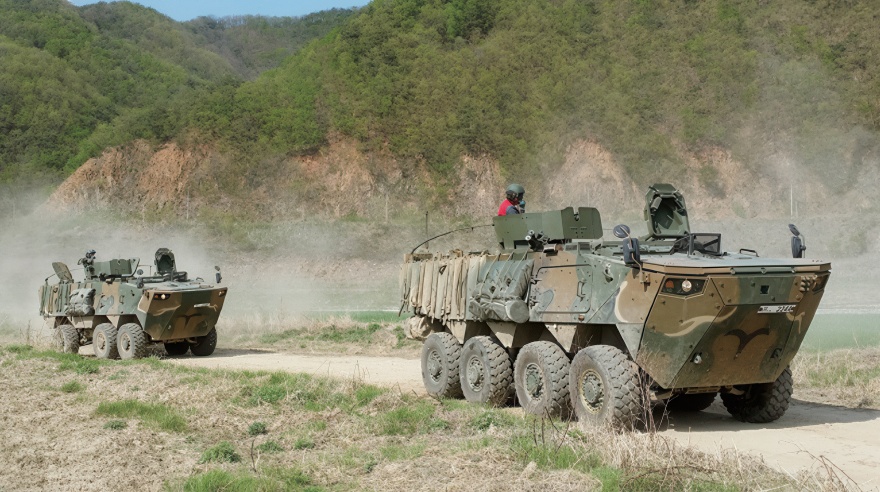
Tanks, while powerful, are not built for speed. Most modern tanks can reach speeds of about 30-40 miles per hour on roads, but they are slower on rough terrain. Other military vehicles, such as armored personnel carriers or light scout vehicles, are often faster and more maneuverable.
Tanks are slow and cumbersome.
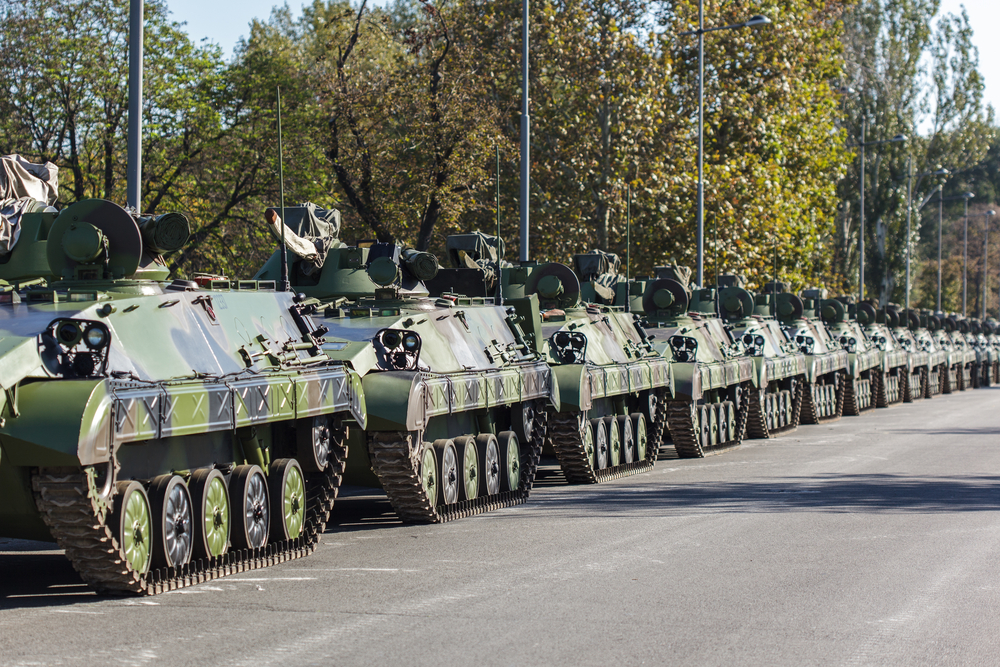
This misconception comes from outdated images of early tanks. Modern tanks are relatively fast for their size and weight, and many are equipped with advanced suspension systems that allow them to maneuver over rough terrain. While they aren’t as agile as smaller vehicles, they are far from the slow, cumbersome machines many imagine.
Tanks are useless in modern warfare.
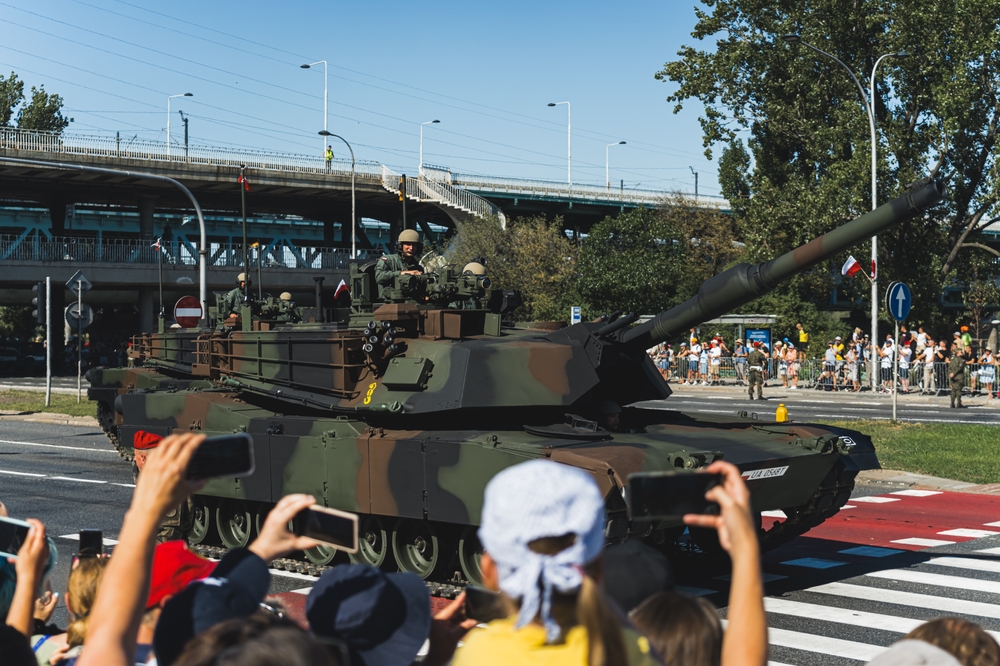
Tanks continue to play an essential role in modern warfare, especially in combined arms operations. They provide firepower, protection, and mobility that infantry units lack. With modern upgrades like reactive armor, advanced targeting systems, and communication technologies, tanks remain highly relevant on the battlefield.
Tanks can drive through any terrain without getting stuck.
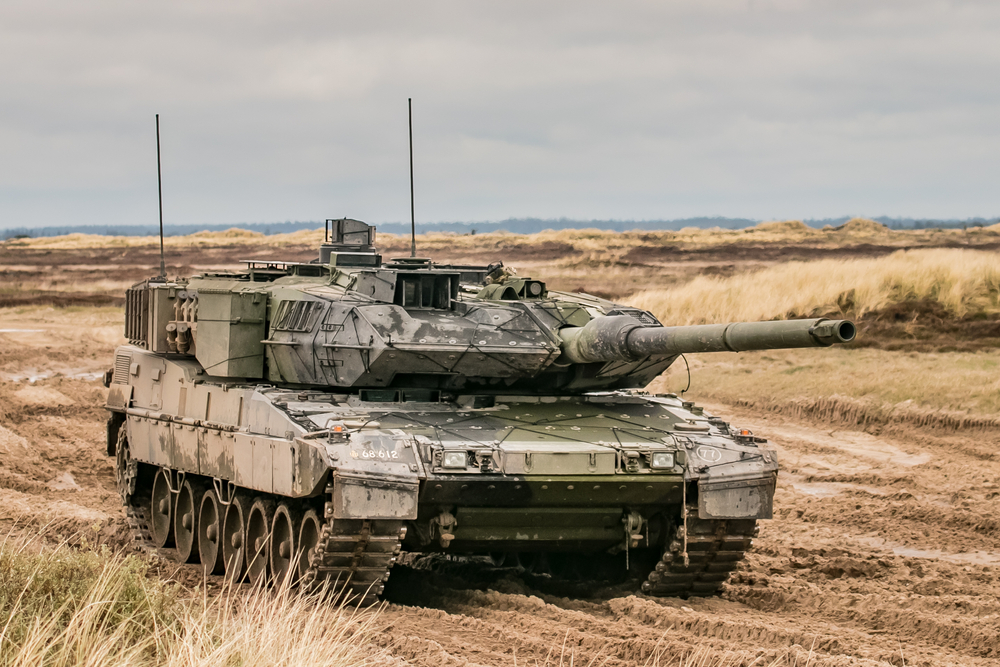
Tanks are designed to handle rough terrain, but they can still get stuck in extreme conditions like deep mud, snow, or swampy areas. While their tracks distribute weight and provide traction, tanks are not immune to the challenges of difficult terrain, and they often require careful route planning to avoid becoming immobilized.
Tanks are easy to operate with minimal training.
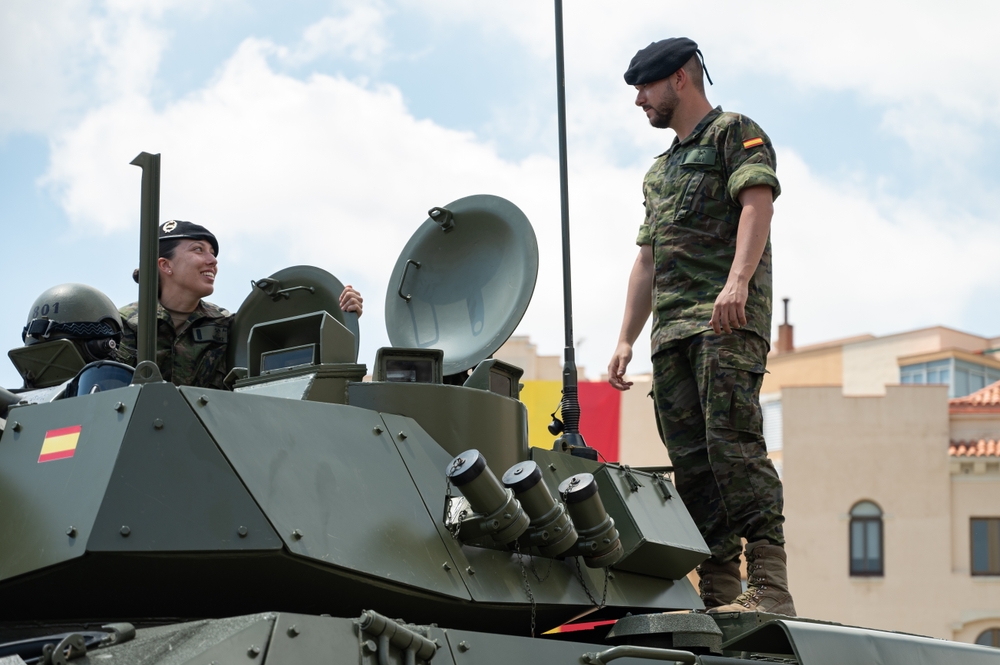
Operating a tank requires extensive training, from learning to drive it over varied terrain to managing complex weapons systems. Tank crews must also understand the mechanics of the vehicle to perform basic maintenance and repairs. The role of each crew member, from the driver to the gunner, requires specialized skills that take time to develop.
Tanks can operate for long periods without maintenance.

Tanks are complex machines that require regular maintenance to remain operational. This includes engine checks, track repairs, and servicing of weapons systems. Prolonged use without maintenance can lead to mechanical failures, making routine upkeep essential for keeping tanks in the field.
Tanks are impervious to all small arms fire.
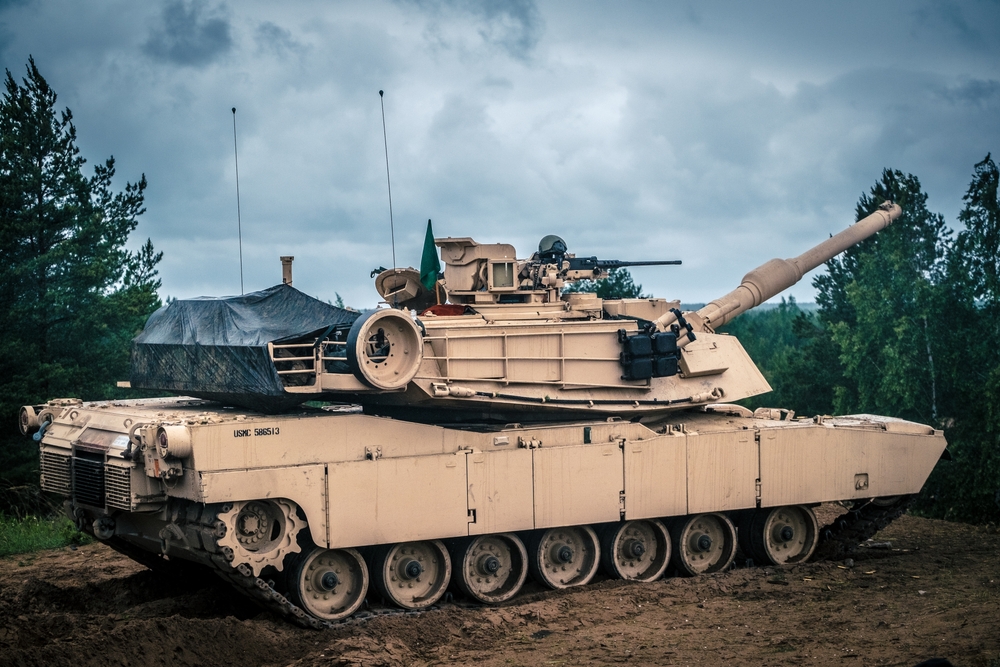
While tank armor protects against small arms fire, vulnerable areas like the optics, sensors, and rear compartments can still be damaged by small-caliber weapons. Additionally, while bullets may not penetrate the armor, repeated hits in the same area can weaken it over time, making tanks susceptible to more severe attacks.
Tanks are only effective in open, desert-like environments.
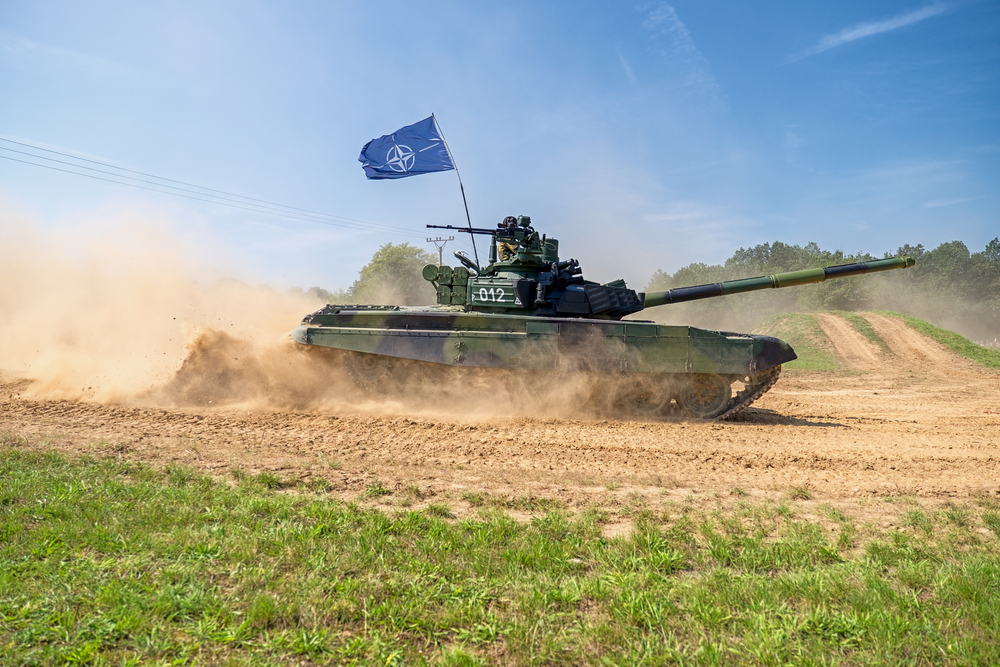
Tanks can be highly effective in a wide range of environments, including forests, mountains, and urban areas. Modern tanks are designed for versatility, with advanced targeting systems and armor configurations that make them useful in various combat scenarios, not just open desert warfare.
All tanks are the same in design and purpose.
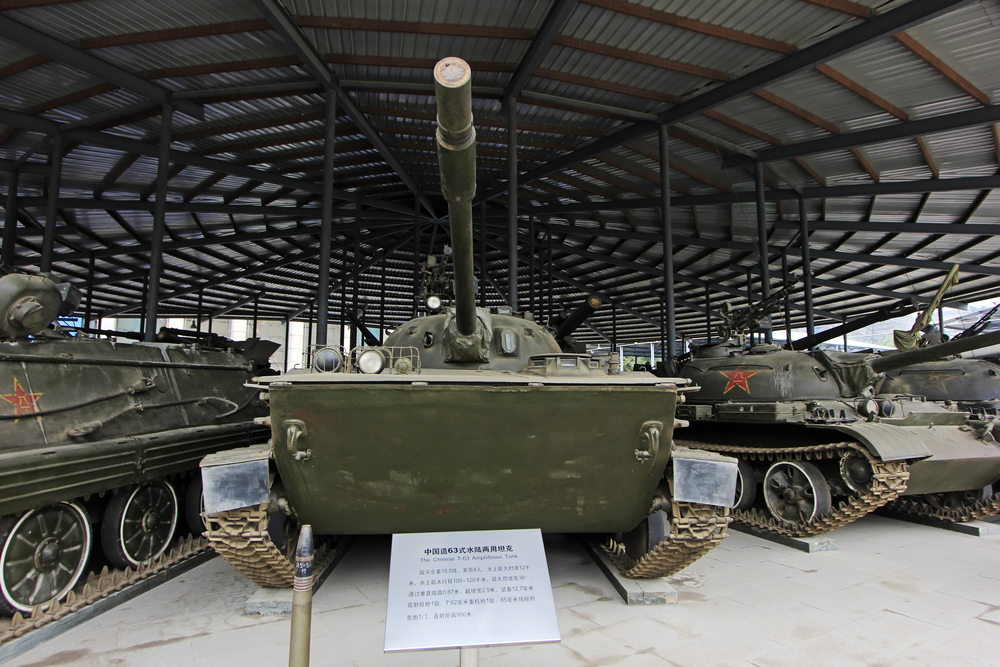
Tanks come in a variety of designs, each built for specific purposes. Some tanks, like main battle tanks, are general-purpose and heavily armed, while others, like light tanks or amphibious tanks, are specialized for reconnaissance or rapid deployment. The design and role of tanks vary greatly depending on their intended use and the military’s strategic needs.
Tanks can be fully controlled by a single person.
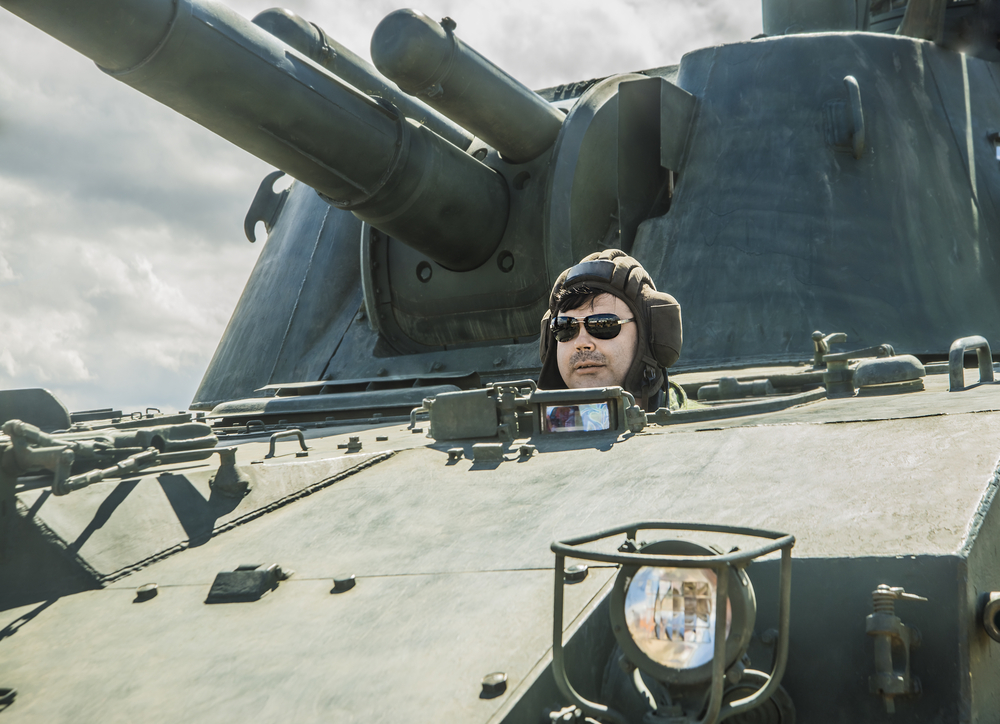
Tanks require a crew to operate effectively. Typically, a tank has a commander, driver, gunner, and loader. Each member plays a vital role, and a single person cannot manage the vehicle’s complex systems, drive, and engage targets simultaneously.
Tanks can turn invisible with camouflage.
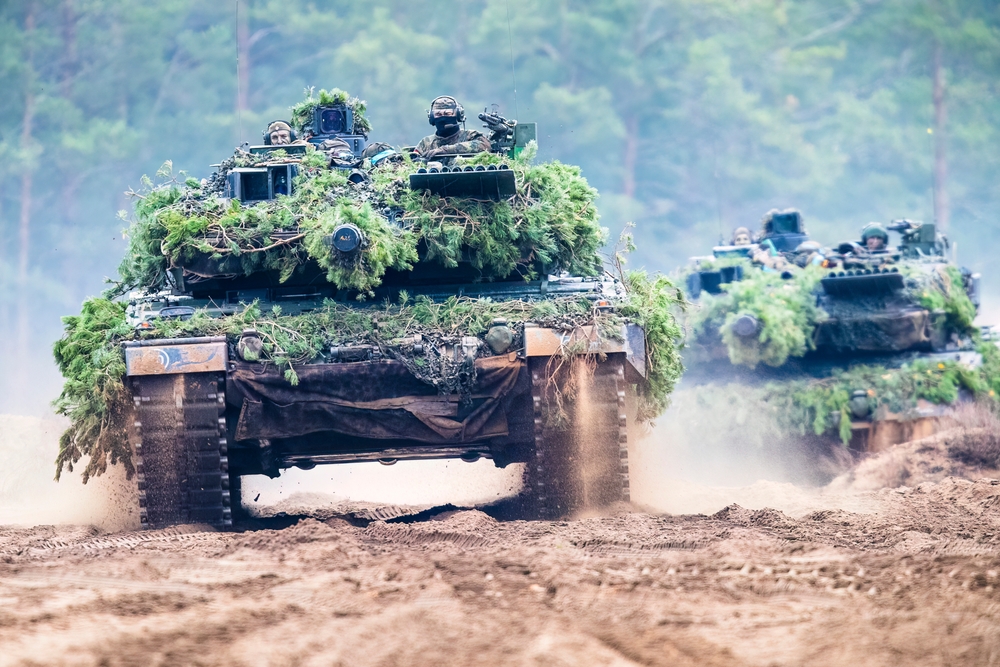
While tanks use camouflage to blend into their environment, they are far from invisible. Tank camouflage helps reduce visibility to the naked eye and infrared detection, but tanks remain visible to radar, drones, and thermal imaging systems, making them far from undetectable on the battlefield.
Tanks are useless in urban warfare.
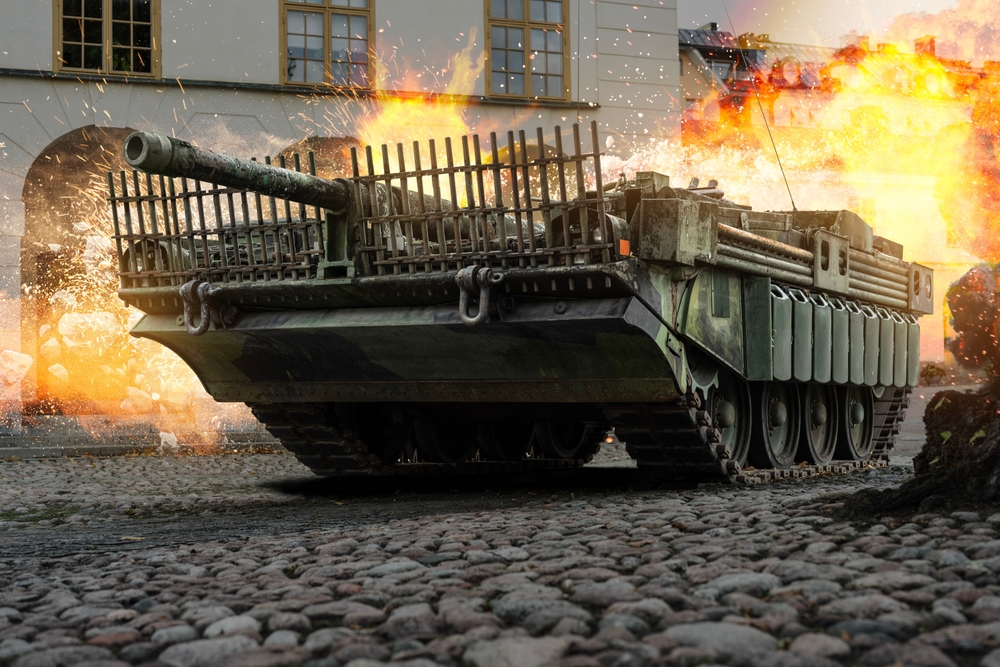
Tanks are used in urban warfare to provide heavy fire support and protection for infantry. With the proper coordination and support, tanks can breach obstacles, demolish fortified positions, and protect advancing forces. However, they do face unique challenges in urban environments, such as ambushes and restricted movement, requiring careful tactical planning.
Tanks always travel in straight lines in battle.
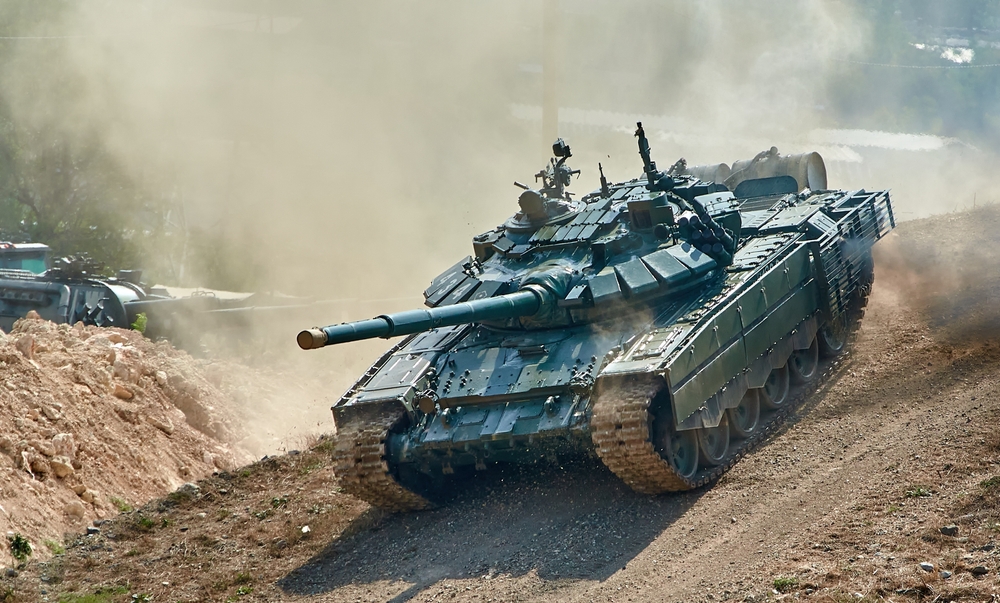
In reality, tanks use varied movement patterns to avoid becoming easy targets. Maneuvering on the battlefield involves changes in direction, use of cover, and strategic positioning. Tanks are taught to use these tactics to reduce exposure and avoid predictable movements.
This article originally appeared in MyCarMakesNoise.
More from MyCarMakesNoise
25 Sports Cars with Astonishingly Low Weight Ratios

When it comes to performance, weight plays a crucial role in how a sports car handles and accelerates. Lighter cars often deliver a more responsive and thrilling driving experience. Read More
5 Times Audi’s Quattro Dominated the Rally Scene
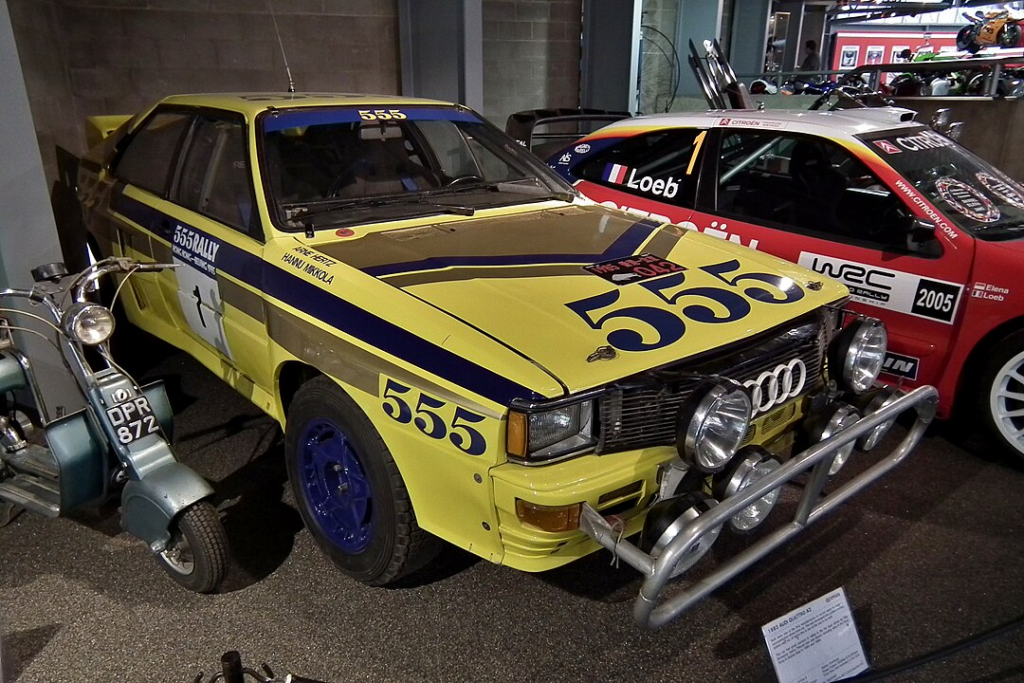
Audi’s Quattro is a name that echoes through the history of rally racing, known for its groundbreaking performance and innovative all-wheel-drive technology. In the competitive world of rallying, the Quattro stood out, setting new standards and leaving its mark on every race it entered. Read More
15 Rare Vintage Airplanes You’ll Never See Again
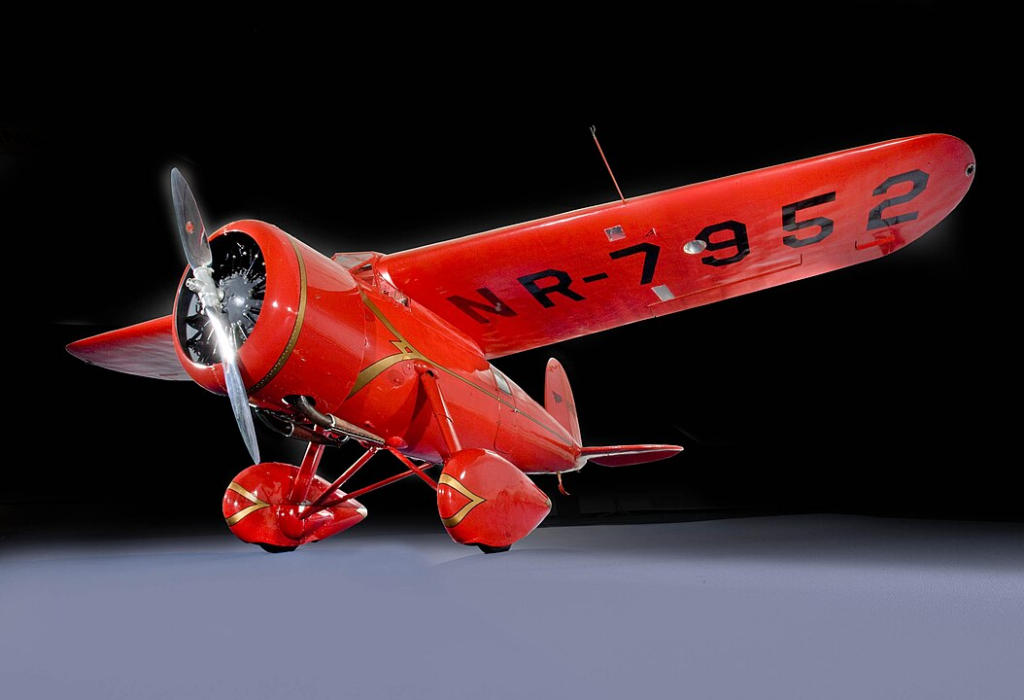
The world of aviation has seen countless remarkable airplanes, but some have become so rare that they’ve all but disappeared from the skies. These vintage aircraft, once marvels of engineering, are now nearly impossible to find. Read More


